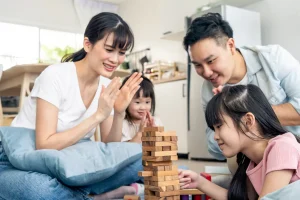Importance of art, imagination and creativity in your child’s life
![]()
- Posted by abrakadoodle.com.sg
- Categories Early childhood development
- Date 22 November 2022
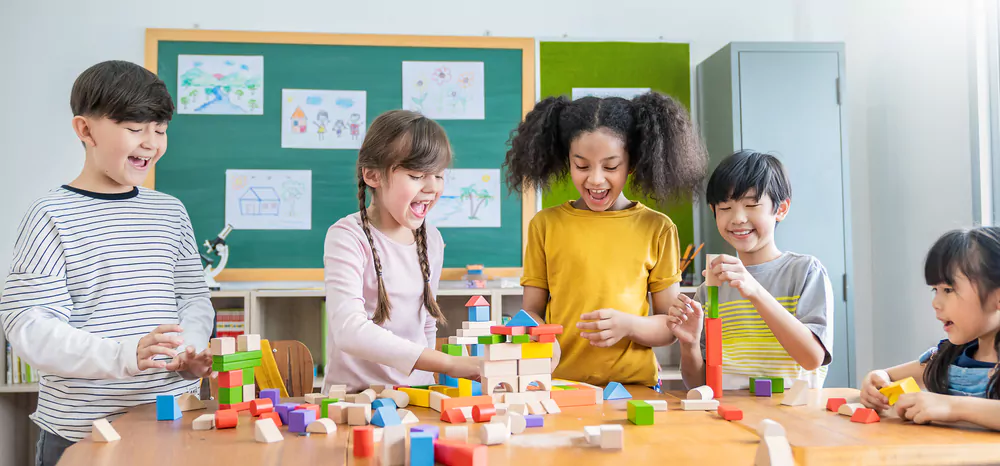
Watch your child when she is completely absorbed when at play, or when scribbling or painting. Note that her attention is totally focused on creating something from nothing. Using only her imagination and creativity she is trying to express a thought, feeling or idea. This is a life skill that we ought to nurture in every child from a very early age. All you need to do is ensure this activity never stops!
Young children learn and develop best through art as it helps reduce anxiety and lower stress levels. The best part is when they’re using their imagination and expression, and having fun doing it, the brain triggers positive hormones, oxytocin and serotonin into the bloodstream. This is why participating in art classes for childhood development is a healthy way of motivating your child to experience pride, confidence and happiness at will.
Studies have repeatedly indicated that writing and drawing help children manage their emotions in a productive way. Writing helps process and transfer the thoughts they have onto paper, while painting helps young children express their feelings and experiences when they cannot find the right words to do so.
But unfortunately, despite all the positive impact of arts on a child’s development, it is often thought of as being unimportant and is progressively ignored and is often the first activity that is dropped from a class curriculum.
You, as a parent, however, can neutralize this by never stopping your child from involving herself in art activities when she is at home. Because art not only helps develop your child’s imagination but also helps her be a more flexible and inventive thinker. According to Sydney Gurewitz, a noted Consultant in Early Childhood Education, “Art plays a critical role in education, helping children become like themselves rather than more like everyone else.”
Table of Contents
ToggleArt classes make STEM subjects easy to understand
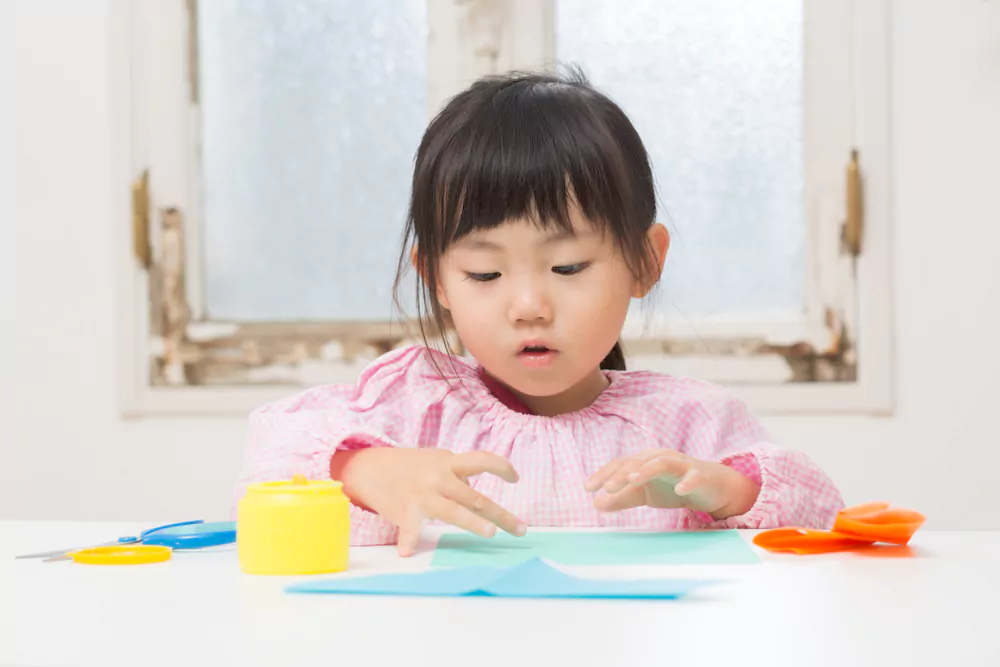
Art helps bridge the gap between STEM subjects better than anything else can. It enables young children to go full steam ahead, helping them see science, technology, English and math as art and beauty. Creating and nurturing a genuine liking and changing the way children view these disciplines. Art classes are an effective way to minimise the complexity of these subjects and make learning enjoyable and fun.
Doing hands-on projects and experiments that involve the arts solidifies a child’s understanding of science concepts. And when they get to see these concepts in action, children are inspired to seek them out. Plus, the creative process itself helps boost the capacity to remember.
Art also connects your child’s interests to the real world. Children interact better with things they can touch, see, or understand how to use in everyday life. A wonderful aspect of art is that it’s just another way to interface their interests in the real world with the STEM disciplines.
Arts show children how to be creative problem solvers, and realize and understand the value of making mistakes. Mental arithmetic and equation-solving abilities are important skills for children to possess, but creative approaches to problem-solving truly make a difference. Art creates the space for children to make mistakes and learn from them. Because in art, there is never a right or wrong way or answer.
More importantly, art gives children the freedom to experiment and choose and create something that is unique and original. Not only is art a healthy way to tap into the power of individuality and self-expression, but in the world of work, abilities like creativity and innovation are actively promoted and highly valued.
Art classes help develop critical thinking skills
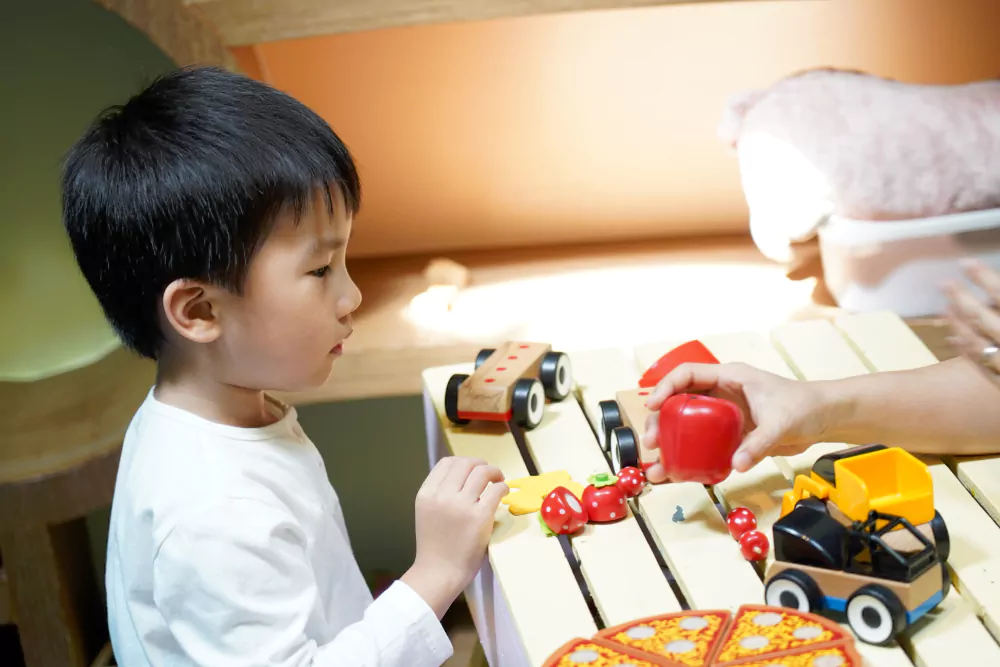
Critical thinking is the ability to resist gut impulses and instead look carefully at the available information, consider multiple interpretations of that information, and come to a conclusion that is rationally defensible.
Art helps young children to observe their world more closely. This process enables young children to look more carefully, and observe and analyze the world around them.
Young children who are involved in art show increased levels of tolerance and empathy. This is because experiencing art exposes children to viewpoints outside of their own. They come face-to-face with other children and their ideas. Helping them learn to see the world outside of themselves and tolerate the differences they encounter.
Discussing the artwork of peers or adults further helps children to look at the world around them through different eyes. It teaches them that not everyone’s idea or view of something is the same, nor does it have to be.
Actively involved in producing art changes the wiring of the brain, improving areas that help young children to manage stress. Helping them to communicate visually about both how they see and experience the world, and how they feel about it.
Art classes help develop cognitive abilities
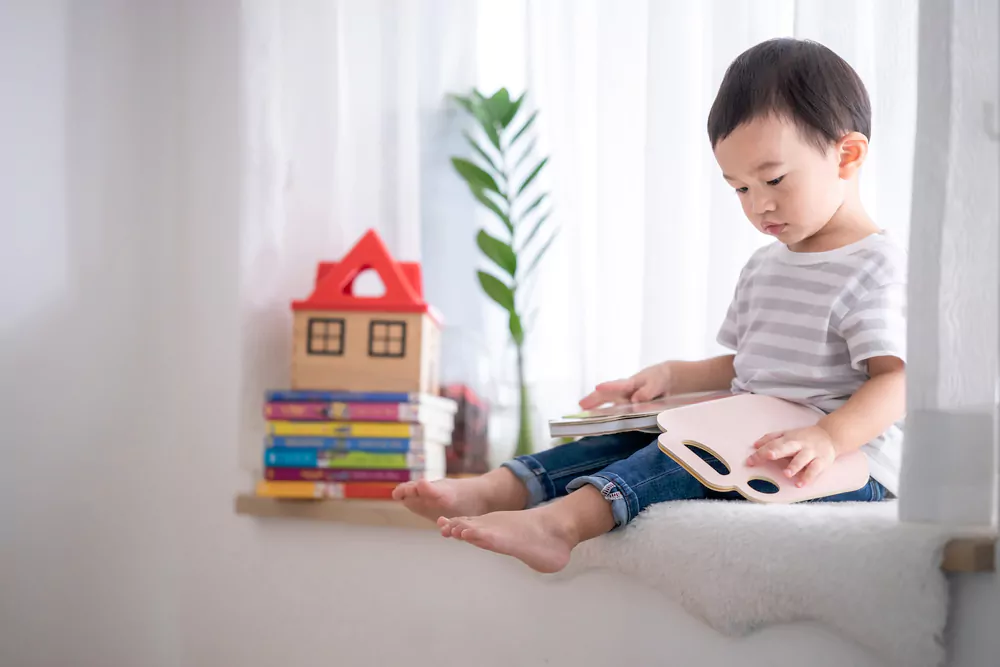
Art contributes to helping establish a three-way relationship between the enhancement of life, values and attitudes, and meeting a range of emotional needs. Valid reasons to encourage your child to participate in art activities.
The arts offer children opportunities for complex and dynamic modes of thought and communication. When children begin to use visual art to make meaning, their capacity for realistic thinking and for mentally manipulating and organizing ideas, images, and feelings increases.
From a cognitive perspective, when children make art, they integrate their memories, experiences, observations, and imagination. They also create at their own individual level of learning and draw on their own strengths, abilities, and aptitudes.
Art stimulates parts of the brain that are responsible for problem-solving, focusing, and memory. Problem-solving skills are developed over time, enabling children to find creative solutions for ordinary problems in their day-to-day life through what they’ve learned. This is an important developmental skill set. As a matter of fact, the ability to use art as a medium of learning will limit cognitive development, especially in children.
Children develop their fine motor skills through visual art experiences as well. Many art activities involve the hands and fingers and help children to develop good fine motor control. For instance, playing with dough, handling a pair of scissors, picking up tiny pieces of paper with a tweezer, and threading beads, all play an important role in developing finger strength and dexterity.
Research in child psychology, for instance, substantiates this with evidence of how children can use art to explore ideas and communicate their cognitive processes. It concludes that art is not an extra but rather an essential component of early cognitive development in children. [Source]
Art classes help increase self-esteem
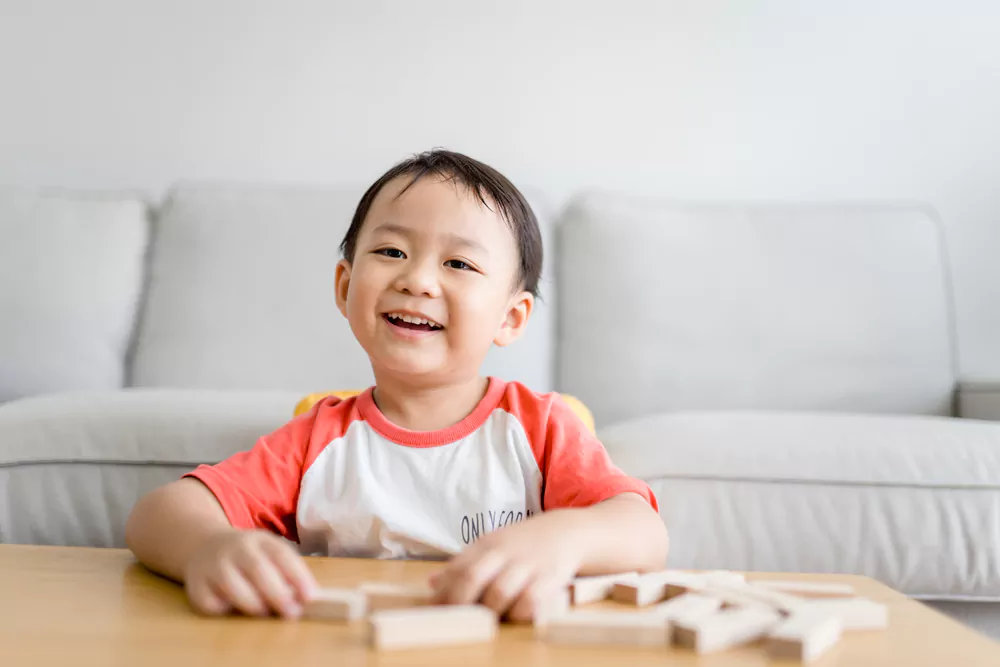
Art has fewer rules than many other subjects, children are often free to choose the direction that they want to take, and so naturally end up internally asking themselves numerous questions and solving problems as the work progresses. This leads to a real sense of ownership over what they produce. In art, the outcome does not matter as much as the skills learned during the task.
As stated earlier, children feel more comfortable in art because this is a subject where there is no ‘right answer’. They are free to explore their ideas, and so become more at ease with the uncertainty. As a result, children are more likely to experiment and try out new ideas. They are less likely to give up when they encounter a problem or when things don’t end up as they had planned it. Art helps boost self-discipline and resilience in a natural way.
Art classes boost well-being
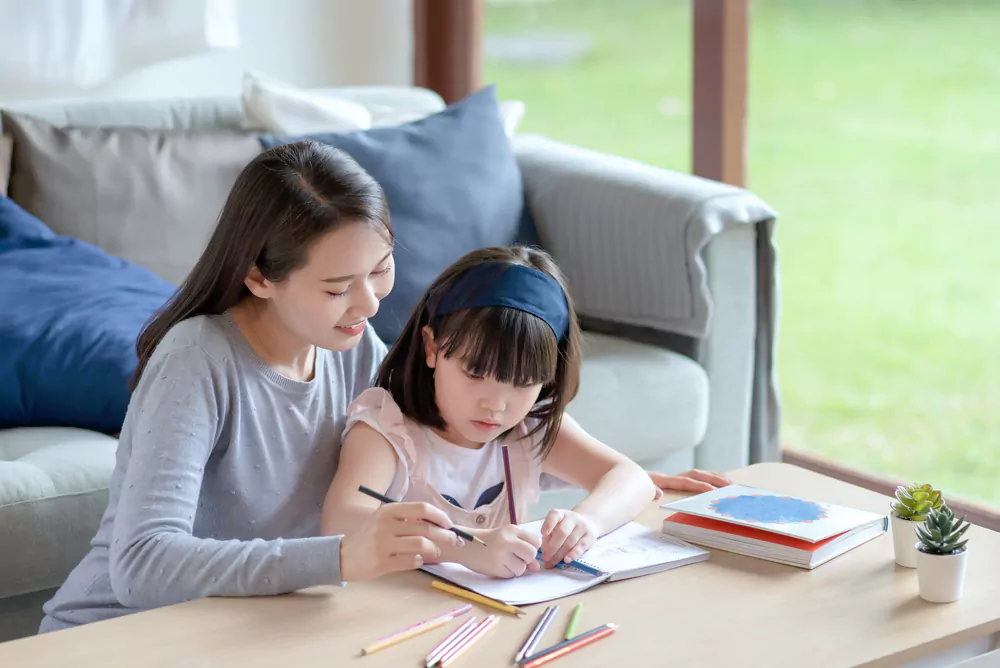
Art is an outlet for children to release the pressures of everyday life. It is a calming activity that shows children that they are in control. Creativity is also well recognized for its potential to heal, express hidden emotions, reduce stress, fear and anxiety, and promote a sense of independence.
Young children express a sense of enjoyment and achievement in creating art. They also demonstrate greater levels of motivation, self-awareness, and community engagement.
Through art, children gain creative and life skills, including design, use of color, painting, and independent decision making as well as the ability to adapt their plans as their ideas change and evolve. Flexibility becomes an effective means of coping with life in real time. [Source]
Engaging in the arts is inspiring for children, opening up new possibilities for them in terms of creative expression and imagination. It stimulates the ability to question and connect with other children and the world. Art also helps nurture positive aspirations and develop the resilience to manage challenging life circumstances.
Creativity is linked with promoting well-being — the more children are allowed to explore their individual identities and develop their sense of self, the more content they will be within themselves. Art – in its broader sense is beneficial in providing moments of mindfulness, quality downtime and escape from fast-paced life.
Art is a great way to have fun
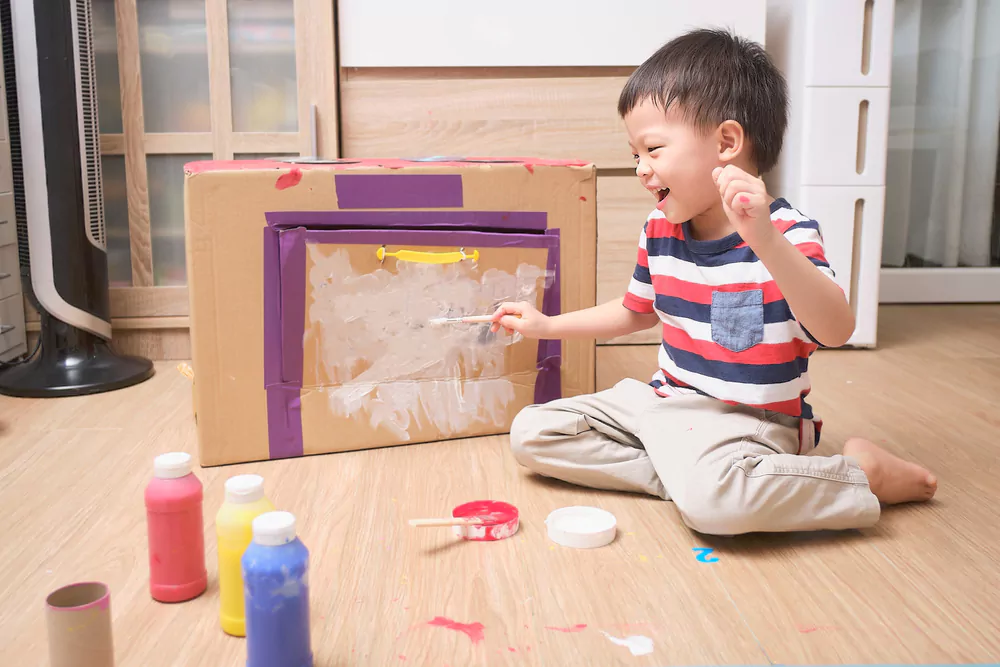
Probably the most important factor, art is a fun way to make time fly. When a child is actively involved and totally immersed in what she is creating, it relieves boredom and its negative effects. Having fun and enjoying yourself is good for your mental health simply due to the fact it can uplift your mood and give you a sense of satisfaction that you did something positive and productive with your day.
About Abrakadoodle
Process Art learning experiences inspire toddlers and young children to think differently, be innovative, and explore new ways to learn about interesting things found in the real world. Changing the way a child discovers and imagines. Igniting her mind to think, play, and learn like never before.
If you would like to enrol your child in our art classes for kids program or find out more about why art classes for childhood development are important, give Abrakadoodle a call. Or better still, make an appointment with the head of a centre near you. Get hands-on exposure to an experience that will make you see art in a way that adds value to your child’s life.
Please note: Abrakadoodle classrooms are thoroughly sanitized every day — the tables, the chairs, the children’s activity stations and everything else the child might touch is made safe and clean. They also wear a mask, wash their hands frequently, and practice social distancing.
Frequently Asked Questions
The primary purpose of art is to stimulate cognitive and emotional responses in children, thereby promoting holistic development. Besides academic learning, art activities are an integral part of STEAM education, as they not only help children comprehend complex subjects more easily, but also help them become flexible and inventive thinkers. Through art, children discover their innate potential, learn to experiment, and gain the confidence to express themselves without being influenced by others.
Art is a fun yet enriching outlet for releasing pressures from ordinary routine, calming the mind, and lifting the mood. Children who participate in art activities on a regular basis learn to experiment and adapt to changes more easily, which helps them cope better in real-life situations. Art exercises also help children become more aware of their emotions and allow them to channel their efforts creatively, reducing their daily anxiety.
Benefits of arts and crafts for children:
- Acts as a platform to express thoughts & ideas
- Aids in the development of neural networks.
- Improves both physical and emotional awareness
- Strengthens gross & fine motor skills
- Stimulates critical thinking & problem solving
- Boosts confidence & self-esteem
A few notable benefits of learning art and incorporating it into early childhood education include:
- Enhances gross motor, fine motor, and hand-eye coordination.
- Aids in the development of vocabulary and communication skills in children.
- Encourages visual learning and problem solving
- Stimulates imagination and creativity
- Improves a child's ability to follow instructions.
- It introduces children to their surroundings and assists them in discovering new things.
- Assists children in accepting and using constructive criticism.
Art and creativity go hand in hand. Art activities act as an enrichment channel that stimulates creativity in children and allows them to express their unique thoughts and ideas.
Benefits of the process art learning approach:
- Assists children in discovering their natural talents
- Encourages independence in children
- Encourages children to take risks and make choices.
- Provides the opportunity to experiment & solve problems
- Enhances concentration and memory power
- Fosters innovation and flexible thinking
You may also like
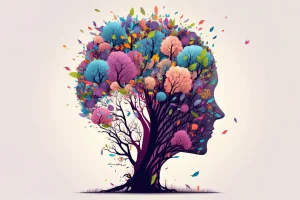
The Impact Of Colour On A Child’s Development
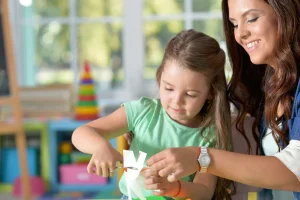
How Collage-making Activity Helps A Child To Think Creatively
